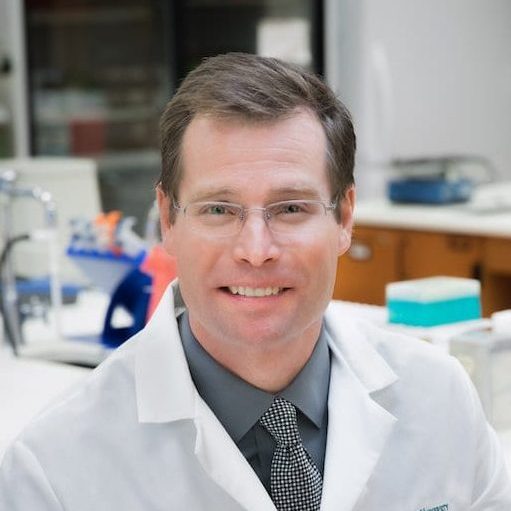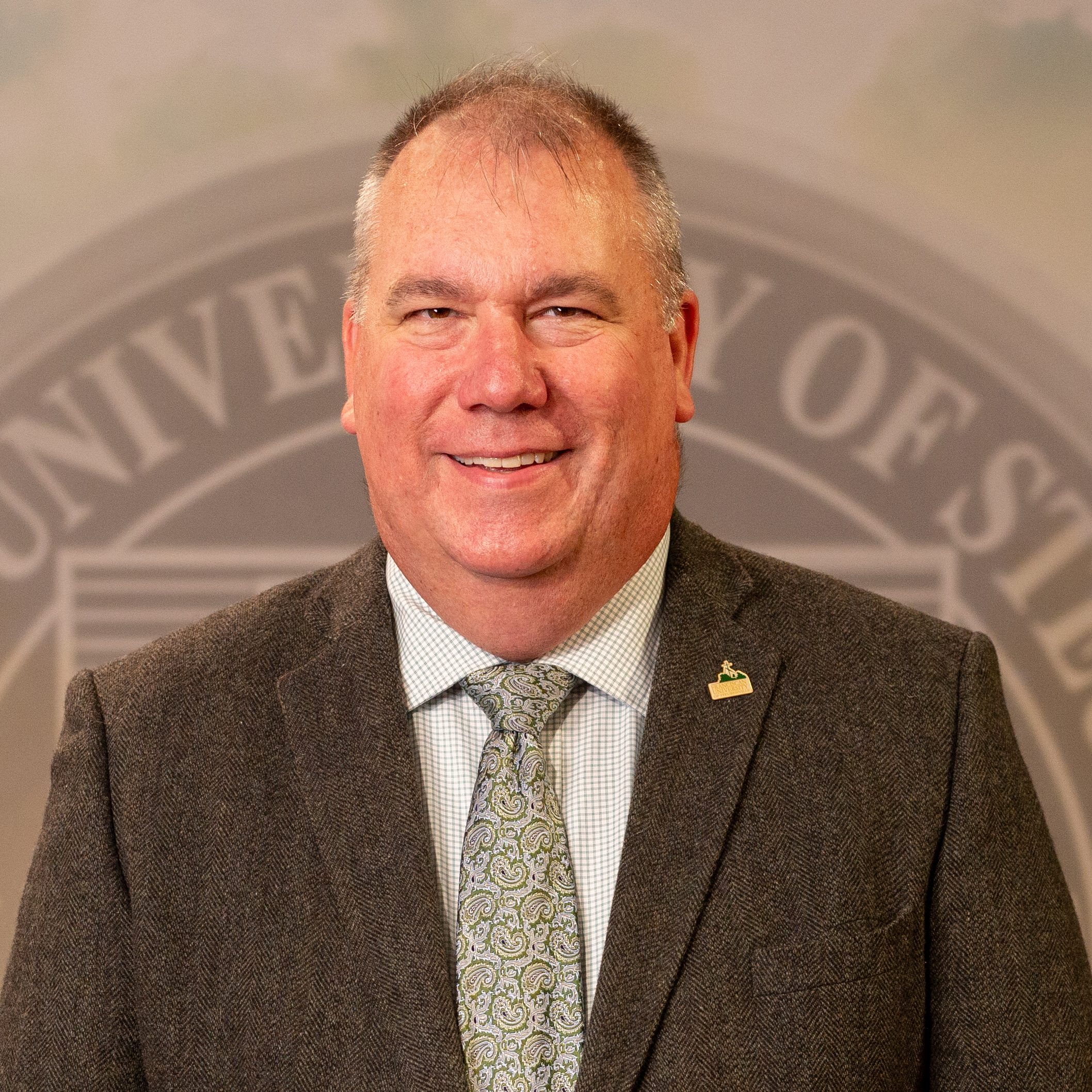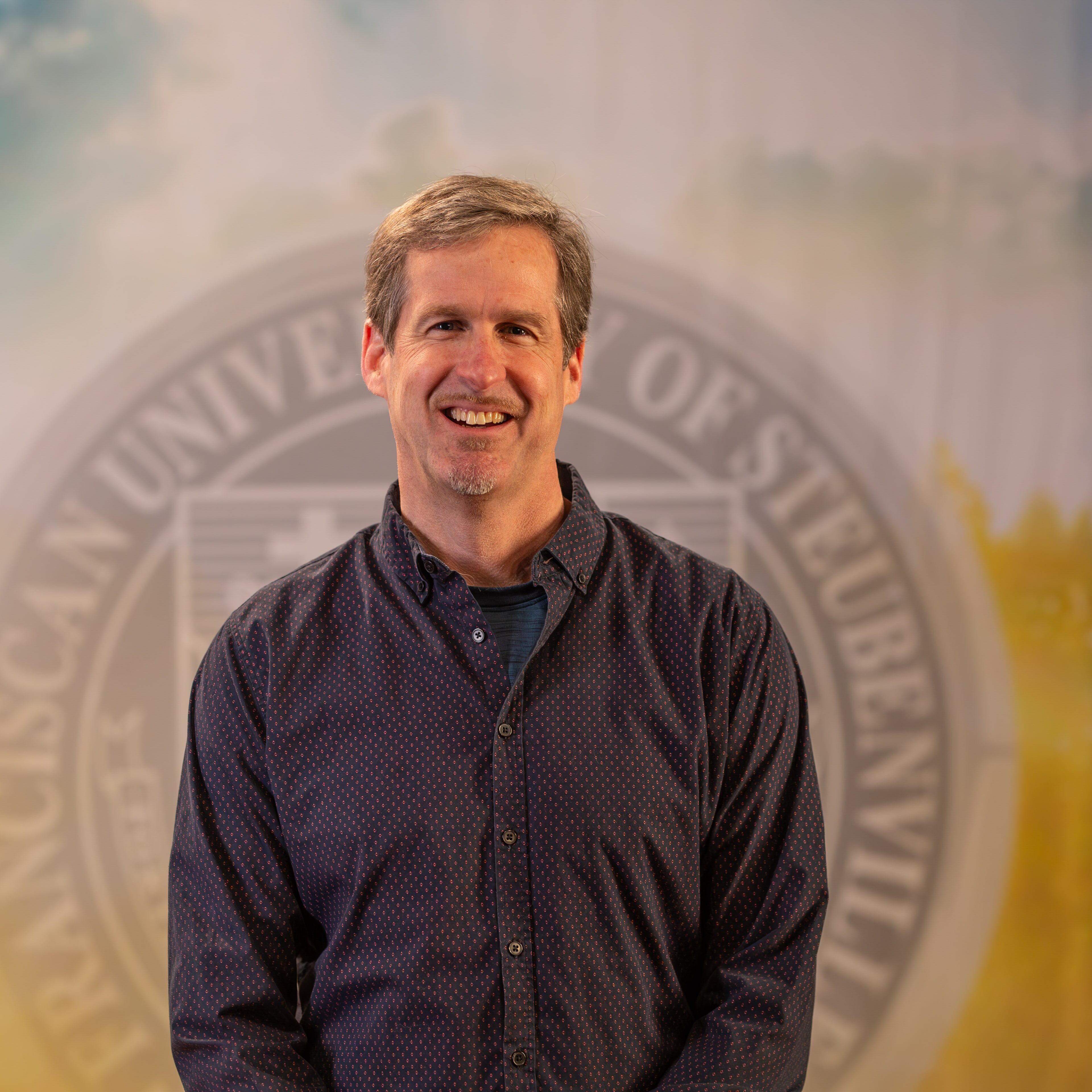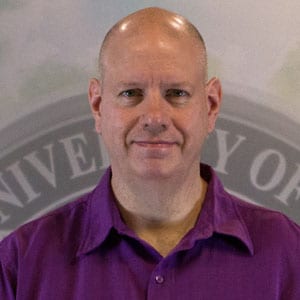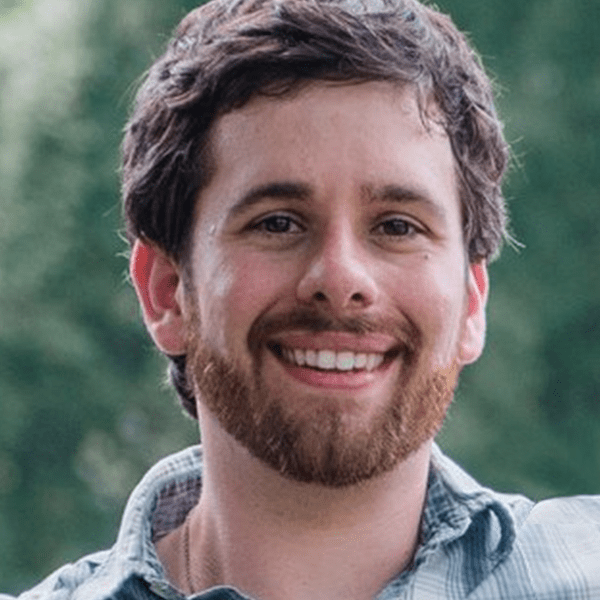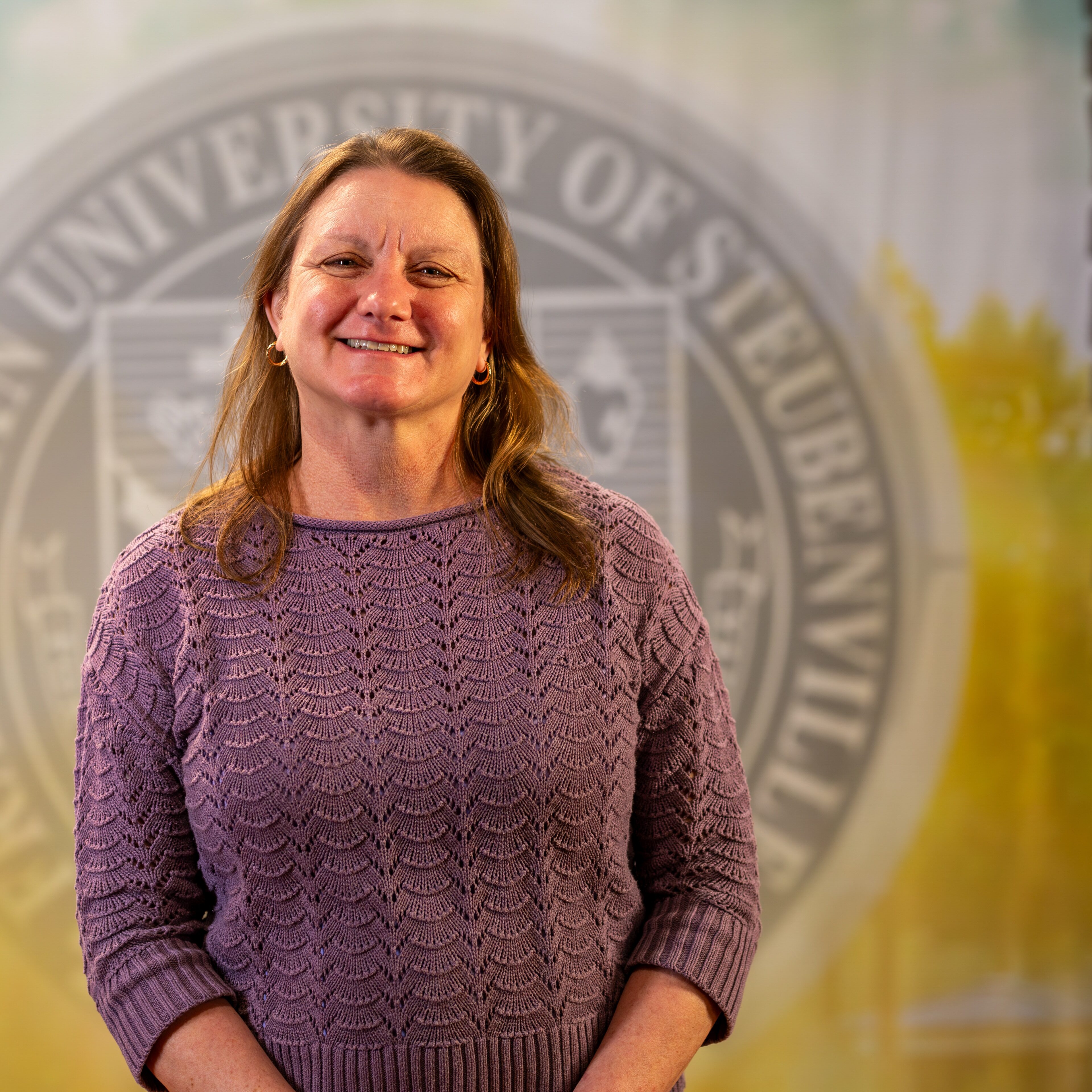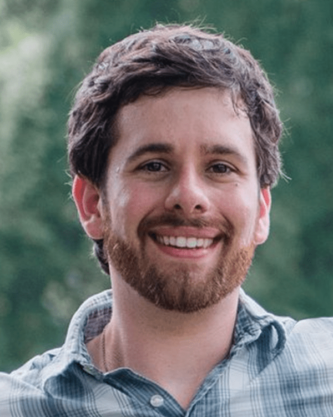
Dr. Payne received his Ph.D. in ecology from the University of North Carolina at Chapel Hill and his B.S. in biology from Saint Vincent College. He currently serves as an assistant professor of biology and teaches ecology, environmental science, field biology, and anatomy and physiology while also running an active research lab with 2-4 research students per semester. In each of these, students learn to recognize complex relationships among topics – anatomical structures and organs functioning together in the human body, interactions of diverse animals and plants with equally diverse ecosystems, and humankind’s complicated relationship with the world around us. Together, learning to discern and understand complex relationships through critical analysis of these systems provides the foundation for informed care of human and environmental health and sustainability manifested through careers in medical science, environmental science, and broader biological fields of study.
To supplement classroom instruction regarding intricate systems, Dr. Payne’s research focuses on the ecology and temporal dynamics of the complex system of Eastern US forests. His interests regarding forested ecosystems are broad with past experiences studying trees, bats, birds, insects, reptiles, amphibians, riparian habitats, landscape attributes, and bioacoustics. His graduate work involved extensive remeasurement and analysis of >100,000 trees culminating an unprecedented 80-year-long permanent plot study in the Duke Forest to better understand long-term forest dynamics. This unprecedented work paired with his wide-ranging research experiences has laid an extensive foundation for examining diverse organisms and characteristics of eastern forests. Dr. Payne has brought this broad but rich understanding of forests to Franciscan University to collaborate with students and colleagues to continue exploring the complexities of the forested landscapes and their inhabitants in and around the Ohio Valley as they continue changing through time.
- In this same spirit, Dr. Payne is currently overseeing a multi-year, multifaceted, federally-funded research program monitoring for and investigating long-term impacts of the costly invasive spotted lanternfly. He is actively recruiting student researchers to support and expand these research efforts.
Dr. Payne, a member of the Society of Catholic Scientists (SCS) and co-founder and Vice President of the Franciscan Chapter of SCS, is devoted to helping students unite faith and science through the pursuit of truth. He enjoys providing students the tools and experiences to unite coursework back to their faith as well as to learn to think critically about the complex world around them so that they can come to more deeply recognize the beauty of God’s Creation and to discern truth in their lives. As a result, his classes always challenge students to “learn how to learn” and to make personal, faith-based, connections to course material. He also helps to oversee the FUS SCS Faith and Science Seminar Series which exists to promote a broad exposure to varied examples of and conversations about the interconnectedness of faith and science.
As Catholics, we are called to love and care for our neighbor, which – broadly defined – includes all of Creation. Dr. Payne believes that deepening our understanding of Creation through scientific discovery enables us to become better-informed stewards of God’s Creation. This informed stewardship, grounded in Gospel teachings of love, not only benefits the wellbeing of humankind and God’s creatures and landscapes, but it also serves as a source of ongoing conversion that informs our lifelong vocation as Christ’s disciples. Creation is a testimony of God’s goodness, and as we expand our understanding of His wonderfully complex Creation, our awe and joy can serve to worship and glorify the Lord and to grow to love Him more perfectly.
- Ph.D., Ecology, University of North Carolina at Chapel Hill
- B.S., Biology, Saint Vincent College
Teaching
Academia
- 2020-Present: Assistant Professor of Biology, Franciscan University of Steubenville, OH
- 2018-2020: Assistant Professor of Biology, Malone University, Canton, OH
- 2017: Adjunct Biology Professor, Shaw University, Raleigh, NC
- 2013-2018: Lab Instructor / Teaching Assistant (Head TA 2015-16), University of North Carolina, Chapel Hill, NC.
- 2012: Teaching Assistant / Recitation Instructor, University of North Carolina, Chapel Hill, NC.
- 2011: Teaching Assistant, Saint Vincent College, Latrobe, PA.
Courses taught: Ecology (+ lab), Field Biology (+ lab), Environmental Science, Botany (+ lab), Anatomy & Physiology I and II (+ labs), Human anatomy I and II (+ lab), Intro to Biology (+ lab), General Biology I and II (+ labs), Invertebrate Zoology, Introduction to Environment and Society
Public
- 2015-Present: Moderator and top-ranked educator, Biology Stack Exchange
2014-2016: Recycling Educator and Outreach Assistant, Orange County Solid Waste Management, NC.
2009: Environmental Educator / Assistant to Park Naturalist, Keystone State Park, Derry, PA.
Workshops
- “Making the shift from studying to learning”
- “Surviving and thriving STEM”
- “Academic engagement”
- “The before, during, and after guide to academic success”
- “What to know about graduate school in the sciences”
- “Never waste a summer: Summer STEM internships”
- “Research, internships, and grad school”
- “Preparing a science resume or CV”
- “Becoming a professional in the natural sciences”
- “Intro to Shiny workshop”
Research
Positions and Ongoing Awards
2020-Ongoing: Principal Investigator, Franciscan University of Steubenville, OH
- Spotted lanternfly and host plant monitoring/surveying in eastern Ohio
- 2023, 2024: USDA APHIS Plant Protection Act 7721 federal Cooperative Agreement funding for “Surveillance of Spotted Lanternfly in High-Risk Transportation Sites in Eastern Ohio”
2011-2018: Ph.D. Student/Candidate, University of North Carolina, Chapel Hill, NC.
- Resampled and analyzed 80-years of tree growth data to examine long-term forest dynamics
- Developed MultiEDA, an interactive web app for exploratory data analysis to analyze complex changing biological systems
2012-13, 2015: Team Leader, Carolina Vegetation Survey, University of North Carolina, Chapel Hill, NC.
2011: Bioacoustics Assistant, Carnegie Museum of Natural History, Rector, PA.
2011: Research Volunteer, State Museum of Pennsylvania and Powdermill Nature Reserve, PA.
2010-2011: Senior Research Thesis, Saint Vincent College, Latrobe, PA.
- Examined riparian bat foraging behavior (via bioacoustics) in response to physical, chemical, and biological habitat degradation.
2010: NSF REU Intern, University of Alaska Anchorage, Anchorage, AK.
2008: LOWA Intern, Louisiana Waterthrush project, Powdermill Nature Reserve, Rector, PA.
Research Students
- 2020-2024: Melody Vetrovec, Kaylee Kirkpatrick, Luke Kerner, Genevieve Sicree, Olivia Barry, Nels Mork, India Bloomer, Gavin Birkley, Julianne Latynski, Colin Mahon, Elizabeth Beigel, Grace Webb, Kelly McCarthy, Sean Lowe, Max Wilson, Joseph Nelson, Theresa Stebbins, Paul Conti
Professional Societies
- Ecological Society of America
- Society of Catholic Scientists
- National Association of Biology Teachers
- Society for the Advancement of Biology Education Research
- American Association for the Advancement of Science
- Association of Southeastern Biologists
Ecology
My primary research interests focus on temporal dynamics of natural systems. My current research examines patterns of long-term forest change and how various biological, ecological and environmental drivers interact to produce observed patterns. Specifically, I am interested in understanding how these various interrelated factors affect population demographics (growth, regeneration and mortality) and community dynamics (diversity, competition and productivity). These data will enhance our understanding of ecological community dynamics and as a result improve forest management and accurate forecasting of global change consequences. This is imperative because forests provide many ecosystem services, harbor a large percentage of the world’s biodiversity and play a pivotal role in carbon sequestration.
My research interests have also shifted toward examining the dynamics of pest organisms moving westward into and across the Ohio Valley region. Such interests include tracking and understanding the driving mechanisms behind shifting tick (Ixodidae species) abundances and the threat of the quickly spreading invasive spotted lanternfly (Lycorma delicatula).
I am actively recruiting students to join my research program to continue our long-term invasive lanternfly study as well as to examine the dynamics of regional forests and their inhabitants more broadly. I am also eager to share analytical, statistical and cutting-edge software knowledge with students to familiarize them with tools that they could apply to their future research endeavors. For example, I can help students become familiarized with R, one of the fastest growing statistical and analytical programs in biological science, and ArcGIS, the go-to GIS software in both government and private sectors. My ultimate goal is to provide motivated students with direct research experiences both in and outside of the classroom to prepare and excite them for successful STEM careers.
STEM Education, Faith Integration, and Personal Vocations
I also have a vested interest in researching, developing, testing, and implementing STEM education techniques that promote active concepts-focused learning, critical thinking, faith integration, and student engagement.
Since 2021, a “personal vocation engagement assignment” I designed has been used by 10 professors in 20+ sections of 10 classes serving more than 500 students at multiple institutions. Preliminary analysis (Payne et al., 2023 Christian Higher Education) shows significant increases in student appreciation, prioritization, participation, engagement, and understanding in both the class with the assignment as well as in students’ other classes, while simultaneously increasing students’ abilities to link studies back to their faith and develop an increased sense of direction in their careers and lives.
- Faculty: If you’re interested in using this assignment and participating in an ongoing study about its effectiveness (FUS IRB #2022-6), please both email me and complete the linked survey.
Further efforts regarding faith integration are available here.
- C. J. Payne and R. K. Peet. 2023. Revisiting the model system for forest succession: Eighty years of resampling Piedmont forests reveals need for an improved suite of indicators of successional change. Ecological Indicators 154:110679.
- C. J. Payne, V. Plaus, M. Reister, J. Miller, S. Frezza, J. Jauregui and J. Pilsner. 2023. Toward a comprehensive approach to personal vocation. Christian Higher Education 22(3–4):269–290.
- Vetrovec, M. and Payne, C. J. 2023. Evaluating spotted lanternfly (Hemiptera: Fulgoridae) infestation in the Northern Ohio Valley. Journal of Economic Entomology 116(5):1943–1947
- Kirkpatrick, K. N. and Payne C. J. 2025. Effectiveness of sticky-band trapping Lycorma delicatula on wild grapes (Vitis spp.). Ohio Journal of Science. In review
- Vetrovec, M. and Payne, C.J. 2024. Evaluating sites for the presence of spotted lanternfly infestation in the northern Ohio Valley. Ohio Journal of Science 123(1):A-11.
- Brown, A. J., C. J. Payne, P. S. White, and R. K. Peet. 2020. Shade tolerance and mycorrhizal type may influence sapling susceptibility to conspecific negative density dependence. Journal of Ecology, 108(1):325–336.
- Payne, C. J. 2018. Long-term temporal dynamics of the Duke Forest. Dissertation for Ph.D., University of North Carolina, Chapel Hill, NC.
- Payne, C. J. 2011. Bat foraging in riparian zones: responses to stream quality, insect abundance and season. Proceedings of the National Conference on Undergraduate Research, 25:897–905.




